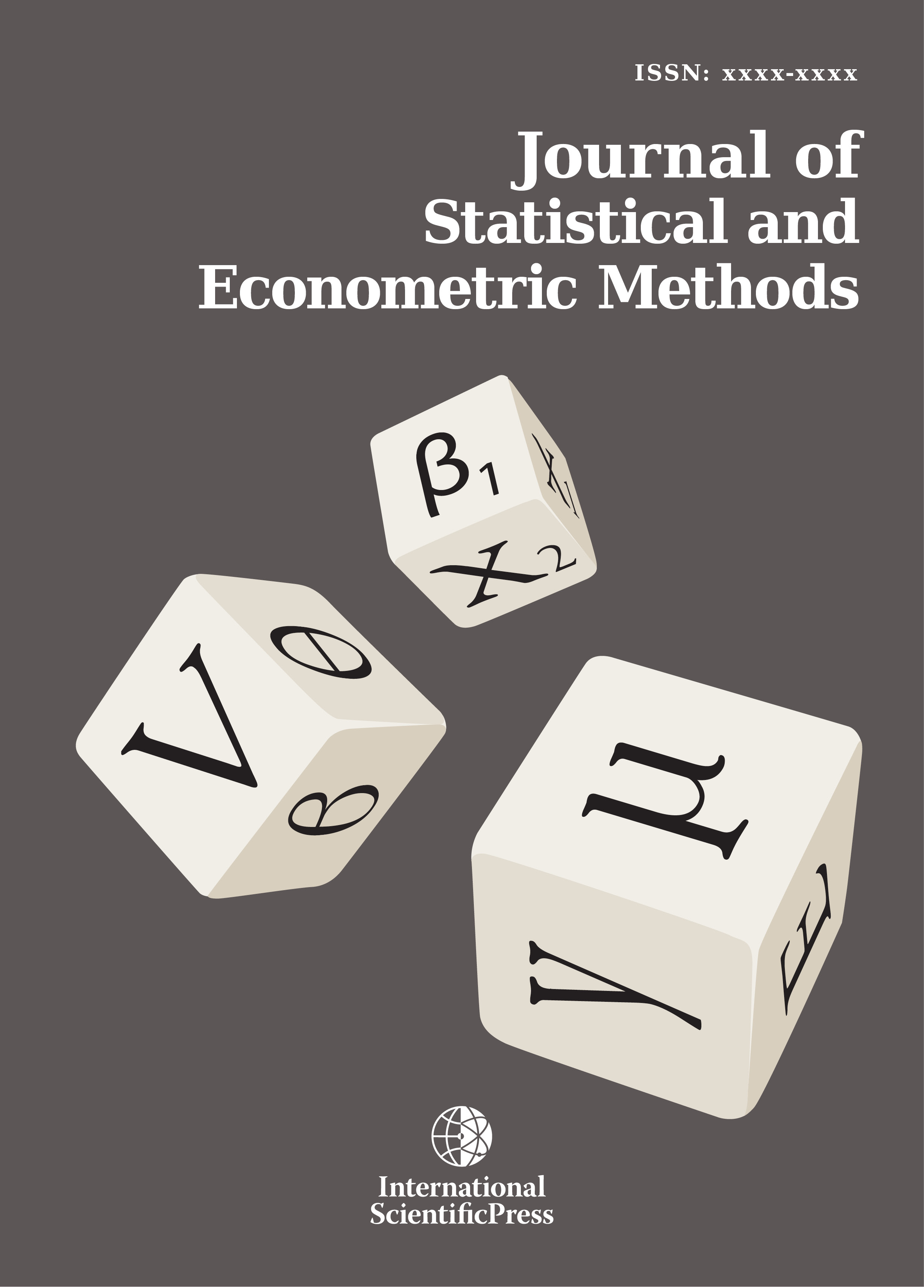Journal of Statistical and Econometric Methods
Empirical Analyses of Income: Finland (2009) and Australia (1967-1968)
-
 [ Download ]
[ Download ]
- Times downloaded: 14725
Abstract
Analyses of income data are often based on assumptions concerning theoretical distributions. In this study, we apply statistical analyses, but ignore specific distribution models. The main income data sets considered in this study are taxable income in Finland (2009) and household income in Australia (1967-1968). Our intention is to compare statistical analyses performed without assumptions of the theoretical models with earlier results based on specific models. We have presented the central objects, probability density function, cumulative distribution function, the Lorenz curve, the derivative of the Lorenz curve, the Gini index and the Pietra index. The trapezium rule, Simpson´s rule, the regression model and the difference quotients yield comparable results for the Finnish data, but for the Australian data the differences are marked. For the Australian data, the discrepancies are caused by limited data.
JEL classification numbers: D31, D63, E64.
Keywords: Cumulative distribution function, Probability density function, Mean, quantiles, Lorenz curve, Gini coefficient, Pietra index, Robin Hood index, Trapezium rule, Simpson´s rule, Regression models, Difference quotients, Derivative of Lorenz curve
